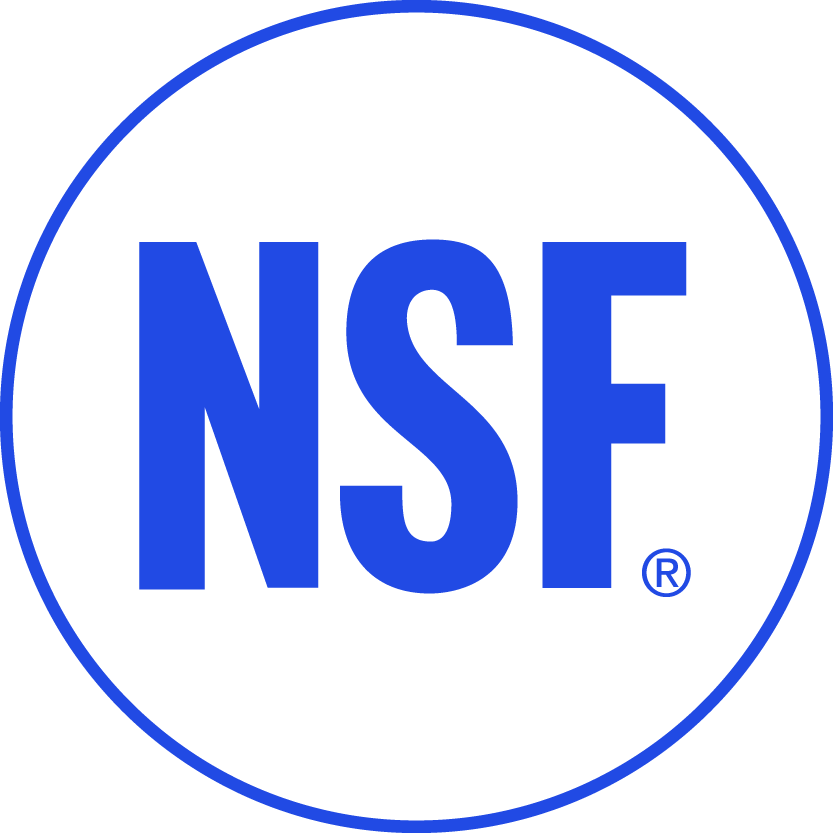Wastewater
Let NSF experts – supported by our more than 50 years of wastewater experience – guide you in getting your product tested and certified. Prove to customers and municipal authorities that it meets structural and material safety requirements, as well as validating your contaminant reduction claims.
We can test and certify a wide range of products, including:
- Onsite residential and commercial water reuse treatment systems
- Residential wastewater treatment systems
- Composting toilets and similar treatment systems
- Wastewater treatment systems, components and devices
- Wastewater dispersal systems
These systems and products fall under the scope of various standards, including the following:
| Standard | Scope |
|---|---|
| NSF/ANSI 350 | Requirements for onsite residential and commercial water reuse treatment systems. |
| NSF/ANSI 40 | Requirements for onsite residential and commercial water reuse treatment systems. |
| NSF/ANSI 41 | Evaluation of non-liquid composting toilets and similar treatment systems. |
| NSF/ANSI 46 | Performance of components and devices for wastewater treatment systems. |
| NSF/ANSI 245 | Evaluation of nitrogen reduction systems. |
| NSF/ANSI 240 | Evaluation of dispersal drainfield products. |
| NSF/ANSI 360 | Evaluation of field performance results. |
These standards are referenced in regulations around the world. For example, NSF/ANSI 40 and NSF/ANSI 245 are referenced in state legislation across the U.S.
NSF has also developed several wastewater protocols with customized testing criteria for validating performance and product claims.
| Protocol | Scope |
|---|---|
| NSF P150 | Evaluation of tissue products in septic systems. |
| NSF P157 | Evaluation of electrical incinerating toilets. |
| NSF P353 | Establishes requirements for sewage sludge sterilization. |
Certify Your Wastewater Product with NSF
When you work with us, you benefit from:
- Global recognition of the NSF mark: When it comes to wastewater treatment systems, the NSF mark is the most widely recognised, not only in Europe but all over the world.
- Acceptance of manufacturer data and witness testing: In certain cases, we can accept manufacturers’ data. Or we can send an NSF representative to a local approved lab, which can cut down on the need to ship samples – for faster turnaround and reduced costs.
- A local account manager: Our European headquarters is in Belgium, and we have account management staff across Europe who speak your language and are in your time zone.
- A dedicated NSF listing: All certified wastewater treatment units and related products are listed on our website. Our listings received nearly 400,000 views in 2022 alone.
Visit the NSF listings to find certified products for the wastewater industry.









